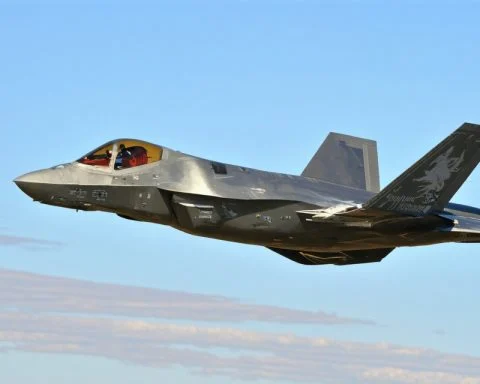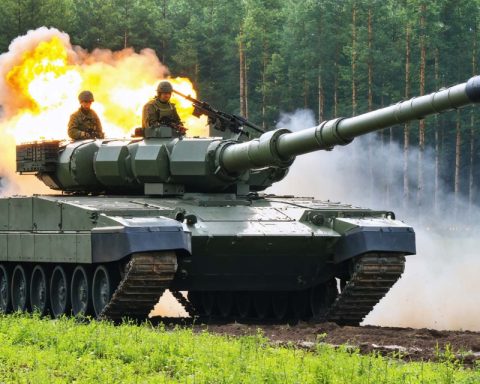Electric vehicle (EV) owners are puzzled by the persistent high costs of public rapid charging, despite a significant decline in wholesale energy prices. According to a recent analysis by the RAC, the cost of using some of the fastest chargers has not decreased as expected. These fast chargers, crucial for long trips, still cost an average of 79.19p per kilowatt hour (kWh) for a pay-as-you-go service. This figure has remained almost unchanged since the beginning of the year and has risen by 4% over the past year, and 28% over the last two years.
Charging at Home versus Public Charging
Home charging during off-peak hours can be significantly cheaper, as low as 7p per kWh. In contrast, those reliant on public charging infrastructure, such as on-street lamppost chargers, pay about 49p per kWh. While wholesale electricity prices have dropped sharply, falling from 51p per kWh in August 2022 to under 9p per kWh by August 2023, rapid charging costs remain unchanged.
Economic Pressures on Charging Networks
RAC points out that these charging networks are burdened by hefty costs, including expenses related to grid updates and high electrical supply charges. The networks also need to expand services anticipating future EV demand. Without regulatory price caps on business electricity use, costs remain high for public chargers.
The leader of a major EV charging industry group highlighted the need for reforms to reduce public charging rates. They also pointed out that costs such as VAT, standing charges, and Europe’s high wholesale prices influence pricing. Meanwhile, the government has highlighted initiatives to support more affordable home charging options and a push towards cleaner energy by 2030.
The Hidden Truth Behind EV Rapid Charging Costs: What the Future Holds
With the rise of electric vehicles (EVs), many consumers are increasingly aware of the persistent high costs of public rapid charging. This, despite the significant decrease in wholesale energy prices. The RAC’s recent analysis highlights an unexpected trend: rapid charging costs have remained high, averaging 79.19p per kWh for pay-as-you-go services. But, what does this mean for the future of electric mobility and technological advancement?
Why Are EV Rapid Charging Costs Unchanged?
Several factors influence the apparent stagnation in public rapid charging prices. At the forefront is the substantial investment required for infrastructure development and grid improvements. EV charging networks face the dual challenge of current high operating costs and the urgency to upgrade and expand in anticipation of the booming EV market. While energy costs account for a significant portion of these expenses, numerous other elements come into play, including hefty VAT, standing charges, Europe’s still relatively high wholesale prices, and the lack of price caps on business electricity.
Impact on Human and Technological Progress
While high costs at the charging points could be off-putting, they might drive innovation and adoption in other technology sectors. For example, there’s growing interest and research in more efficient battery technology and energy storage solutions, which could minimize the need for frequent rapid charging. As consumers seek alternatives, advancements in home-charging options, vehicle-to-grid (V2G) technology, and improved battery lives are expected to surge. This push for efficiency may speed up the transition to renewable energy, promoting sustainability.
Controversies and Economic Dilemmas
The inconsistency between falling wholesale prices and static or rising rapid charging costs raises questions about price transparency and fairness. Criticism has emerged over the pricing models that many networks are deploying, with consumers feeling they bear a disproportionate burden of the costs. The juxtaposition of potential savings at home to the public realm amplifies this sentiment.
Moreover, there’s a debate on the role of government regulation versus free-market dynamics in setting charging prices. Should the government intervene more actively to regulate prices and ensure affordability, or should it allow the market to dictate terms and react organically to supply and demand shifts?
Advantages and Disadvantages
The discussion around EV charging pricing involves a nuanced analysis of its pros and cons.
Advantages:
– Encourages advancements in home charging technologies and infrastructure.
– Could lead to quicker development and adoption of alternative power sources and battery technologies.
– Promotes public discourse on sustainable energy practices and affordability.
Disadvantages:
– May slow down the adoption rate of EVs due to perceived high costs.
– Can disproportionately affect those without access to private charging, such as urban residents.
– Could result in public reluctance towards embracing new technology that promises sustainability.
What the Future Holds
As humanity steers towards a cleaner energy future, resolving these cost disparities will be crucial. Questions remain: How can we balance infrastructure costs with consumer affordability? Will upcoming battery technologies ease the burden and make rapid charging less critical? Will governmental incentives and subsidies promote more widespread accessibility?
For breakthroughs and in-depth coverage of these evolving trends and technologies, visit The Verge and CNBC. These platforms provide extensive insights into the tech industry’s responses to emerging challenges.
As we explore these possibilities, one thing is clear: the journey toward a fully electrified future is not without its hurdles. However, it inspires a wave of innovation with profound implications for both technology and human progress.












